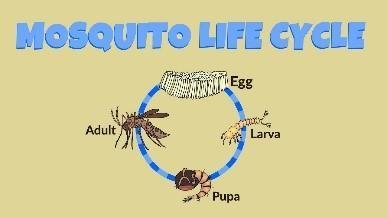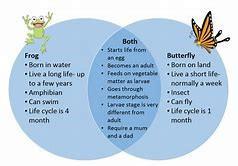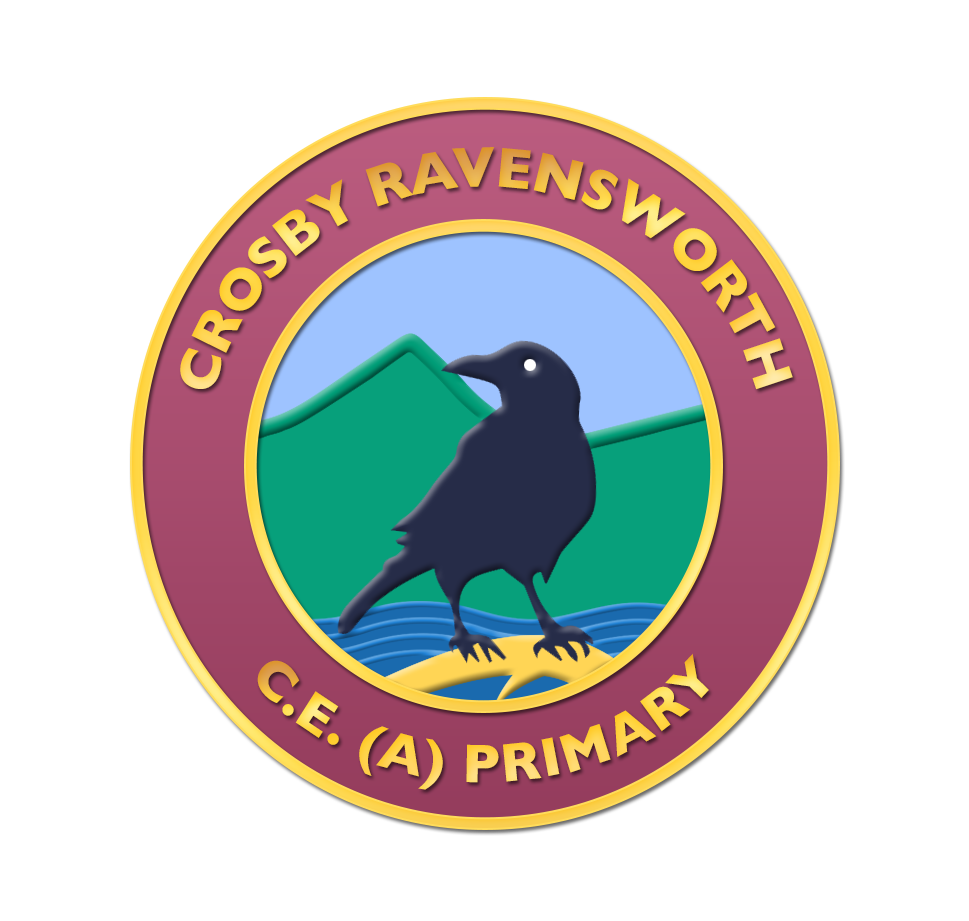A little bit of something else
Science
Living Things - Lesson 1
Life cycle project - Thanks to Ms Lowthian for supplying the following...
https://www.bbc.co.uk/bitesize/subjects/z2pfb9q
Read the learner guides and watch the class clips. You may also want to do your own research online.
Draw the life cycle of a mammal, an amphibian, a reptile, an insect and a bird. Draw them in a circular shape like:

Write about how they are different from one another. You may want to use a Venn diagram to do this.

You can lay this task out as you wish. You may want to create a word document or Power point. Alternatively, make a poster or just write it on paper. Try to include drawings or tracings. Always draw in pencil and try to label pictures with a neat ruled line. Try to use as much scientific vocabulary as you can.
Key facts
Mammals – have hair, feed their young with milk, give birth to live young. E.g. dogs, giraffe, lions, otters.
Amphibians – lay eggs often in jelly, can take in oxygen through their skin when under water or through their lungs when on land, have a waxy skin, warm blooded. E.g. frogs, toads, newts.
Birds – have feathers, some can fly but not all, lay oval eggs, warm-blooded. E.g. Blue tit, penguin, eagle.
Reptile – has a rough skin, lays round eggs, cold-blooded. E.g. turtles, chameleon, bearded dragon.
Insects – have 6 legs, some fly, 3 body parts (head, thorax, abdomen). E.g. Ladybird, fly, butterfly.
